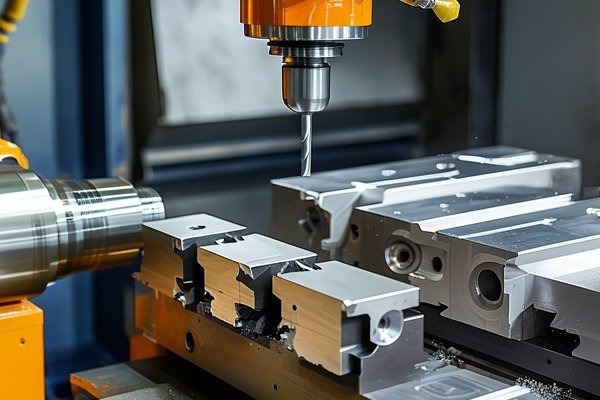Did you know that approximately 75% of product development time can be saved by implementing effective prototyping methods? In today’s competitive manufacturing landscape, understanding the nuances between various prototyping technologies is crucial for businesses aiming to innovate and expedite their development processes. Among the plethora of available options, CNC (Computer Numerical Control) prototyping and rapid prototyping stand out as prominent choices, each with its own distinct advantages and tailored applications.
In this comprehensive blog, we will delve deeply into the differences between these two methodologies, outlining their properties, applications, and the advantages they provide. By the end of this article, you’ll gain clarity on which method best suits your manufacturing needs and how leveraging the right technology can significantly enhance your product development cycle.
Understanding the Basics
CNC Prototyping:
CNC prototyping is a manufacturing process that utilizes CNC machines to create prototypes from a variety of materials, including metals, plastics, and composites. A CNC machine operates by taking a digital design from computer-aided design (CAD) software and translating it into machine instructions. This results in precise and repeatable manufacturing processes that yield high accuracy in the finished product. CNC machining is typically employed for creating highly detailed and functional prototypes that can mimic the final product’s characteristics.
Rapid Prototyping:
Rapid prototyping refers to a group of techniques used to quickly produce a scale model or prototype of a physical part or assembly. It encompasses various methods, including 3D printing (additive manufacturing), laser sintering, and SLA (Stereolithography). The key advantage of rapid prototyping is speed; it allows designers to test and validate their ideas quickly before full-scale production. These prototypes are often used for form and fit testing rather than functional testing.
Key Differences Between CNC Prototyping and Rapid Prototyping

When to Use Which Method
Deciding which prototyping technology to utilize can significantly affect the outcome of your project. Here’s a streamlined approach to decide on the method:
Real-World Applications
To provide more context, let’s explore some real-world applications of both CNC and rapid prototyping:
In conclusion, both CNC prototyping and rapid prototyping serve essential roles in the manufacturing process, each boasting unique advantages and appropriate applications. CNC prototyping provides high accuracy and durability for functional testing, while rapid prototyping enables quick iterations and adaptability during the design phase.
As businesses strive for efficiency and innovation, understanding these two methodologies allows companies to select the best approach for their projects, ultimately contributing to a more streamlined product development process.
This blog emphasizes the importance of carefully choosing the right prototyping method based on your specific goals and needs. By analyzing the distinctions between CNC and rapid prototyping technologies, you can enhance your manufacturing strategy and foster a more competitive edge in today’s market.
Reflect on how your organization can benefit from these technologies and consider how integrating them into your processes might revolutionize your product development and time-to-market capabilities.



